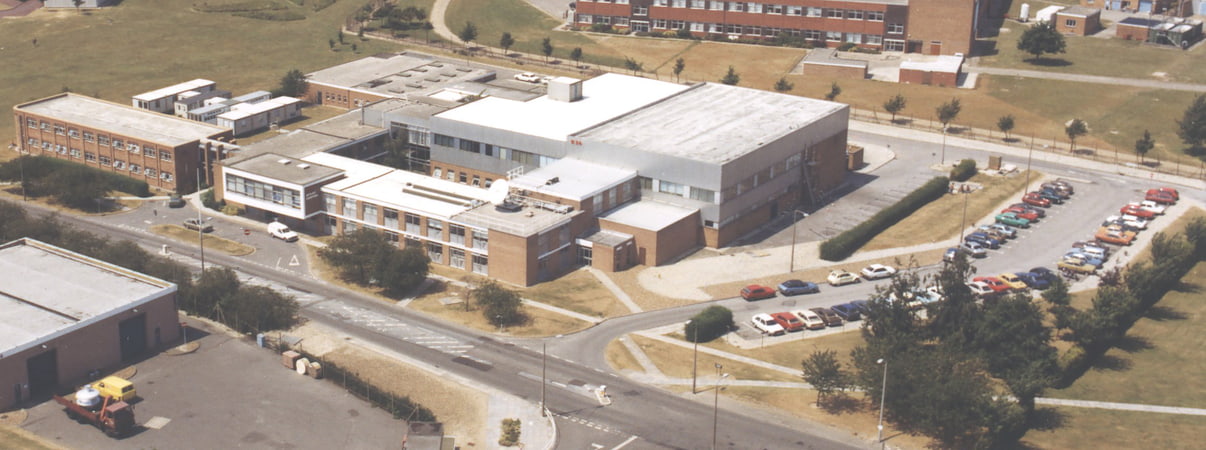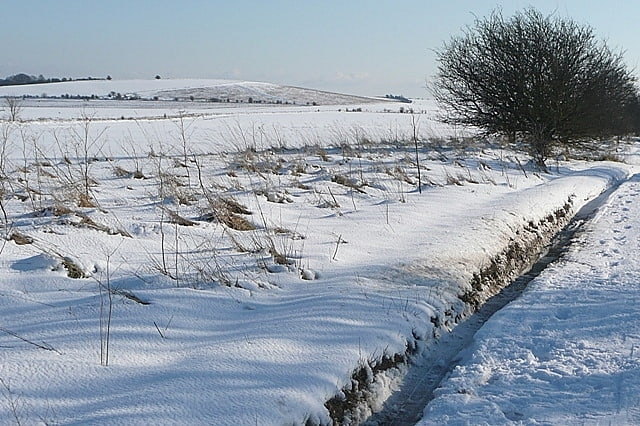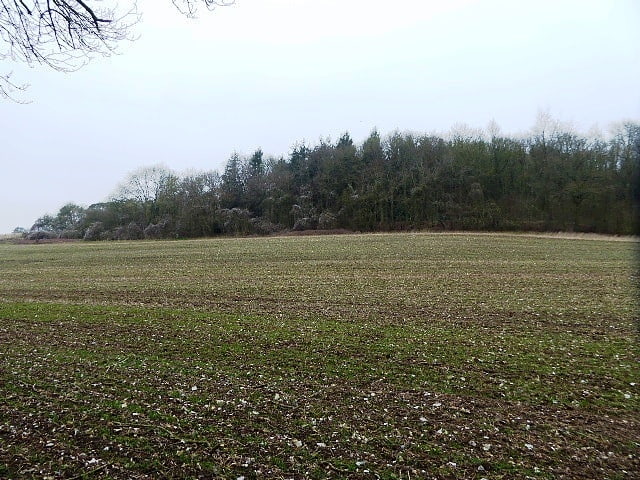Discover 4 hidden attractions, cool sights, and unusual things to do in Blewbury (United Kingdom). Don't miss out on these must-see attractions: Atlas Computer Laboratory, Perborough Castle, and Aston Upthorpe Downs. Also, be sure to include Ashridge Wood in your itinerary.
Below, you can find the list of the most amazing places you should visit in Blewbury (England).
Table of Contents
Atlas Computer Laboratory

The Atlas Computer Laboratory on the Harwell, Oxfordshire campus shared by the Harwell Laboratory was one of the major computer laboratories in the world, which operated between 1961 and 1975 to provide a service to British scientists at a time when powerful computers were not usually available. The main user population was the UK Universities and some government agencies.
Now called the Atlas centre, it is home to European Space Agency's (ESA) Business Incubation Centre (ESA BIC), and the Space Applications and Telecommunications (ESA ESCAT) and the Science and Technology Facilities Council's (STFC) Innovations Technology Access Centre (I-TAC).
From 1964 to 1971, the laboratory housed the largest of the three examples of the Ferranti Atlas 1 computer that was purchased for £2.5 million, and after which the laboratory was named. For a time, it was the fastest and most innovative of the computers available worldwide.
Throughout its life it was headed by Jack Howlett. Early staff or visitors included A. O. L. Atkin (1964–1970), I. J. Good (1964–1967), and Donald Michie who had worked together at Bletchley Park during the Second World War.
High quality text and graphics output on both paper and film was provided by a Stromberg-Carlson SC4020 microfilm recorder that provided a unique service for many years, especially to people interested in doing computer animation. Associated with the SC4020 was a PDP15 satellite computer that provided previewing facilities for the SC4020 and a range of interactive graphics facilities for users.
From 1971, an ICL 1906A was installed with twice the computing power of the Atlas 1. About the same time, work started on replacing the ageing SC4020 with a modern III FR80 microfilm recorder which expanded the range of output media to include microfiche and was able to generate colour as well as black and white output.
From 1967 until 1985, several of the earliest computed generated image (CGI) or computer animated films were produced at the laboratory, particularly for the Open University. Most famously, the laboratory's facilities were used to produce the raster wireframe model rendering shown on the navigation monitors in the landing sequence of the 1979 Ridley Scott film Alien which won the 1979 Academy Award for Best Visual Effects.
The Atlas Computer Laboratory made important contributions to systems software including operating systems, compilers, computer graphics, and networking. Basic software in the areas of statistics, mathematics, linguistics, chemistry and many other areas was also developed.
In 1975, the Atlas Computer Laboratory was closed, moving some parts to the Daresbury Laboratory and amalgamating the rest with the neighbouring Rutherford High Energy Laboratory, and then in 1979 with the Appleton Laboratory to form the Rutherford Appleton Laboratory. Since 2007, the Rutherford Appleton Laboratory has been operated by the Science and Technology Facilities Council.
In July 2009, The European Space Agency Business Incubation Centre Harwell (ESA BIC Harwell) moved into the Atlas building, now named the Atlas Centre. ESA BIC Harwell supports small and medium businesses that use space technology for everyday applications to develop their products and expand their companies. The building is also home to The Science and Technology Facilities Council's (STFC) Innovations Technology Access Centre (I-TAC) and RAL space robotics division where the team is developing autonomous robotic platforms that can be used both for space and terrestrial applications; and ESA's European Centre for Space Applications and Telecommunications (ECSAT).[1]
Perborough Castle

Perborough Castle is the site of an Iron Age univallate hillfort located at Compton in Berkshire. The site covers approximately 14 acres, and lies on the chalky downs of West Berkshire. Archaeological evidence, from excavations in 1838, suggest that it was a lightly defended and perhaps a seasonally occupied site, containing no more than a few grain storage pits and slag pits, the extent of these being the obvious sign of continued occupation.
The Compton area had a sizeable community in the bronze-age and there are many other banks and field systems evident in the surrounding downs.
Today, the earthwork ditches and ramparts are not well defined, whether this was the original design, or more the result of deterioration over time is not clear, since the site is currently farmland and has been heavily ploughed.[2]
Aston Upthorpe Downs

Aston Upthorpe Downs is a 38.5-hectare biological Site of Special Scientific Interest south of Aston Upthorpe in Oxfordshire. It is a Nature Conservation Review site, Grade I.
This site is a set of dry valleys in the Berkshire Downs. Most of it is chalk grassland which has a rich variety of flora and fauna, and there are also areas of mixed woodland and juniper scrub. Flora include the nationally uncommon wild candytuft and the only population in the county of the rare pasque flower.[3]
Ashridge Wood

Ashridge Wood is a 15.9-hectare biological Site of Special Scientific Interest south-west of Compton in Berkshire. It is in the North Wessex Downs, which is an Area of Outstanding Natural Beauty.
The wood is a surviving section of a once larger ancient coppiced woodland, although part was planted with conifers during the 20th century. It has many flowering woodland plants, including an abundance of Spiked Star-of-Bethlehem Ornithogalum pyrenaicum.
A visit by the Reading & District Natural History Society in June 2009 identified 34 species of flowering plants, 7 different lichens on Ash trees within the wood, and 22 species of insects.[4]